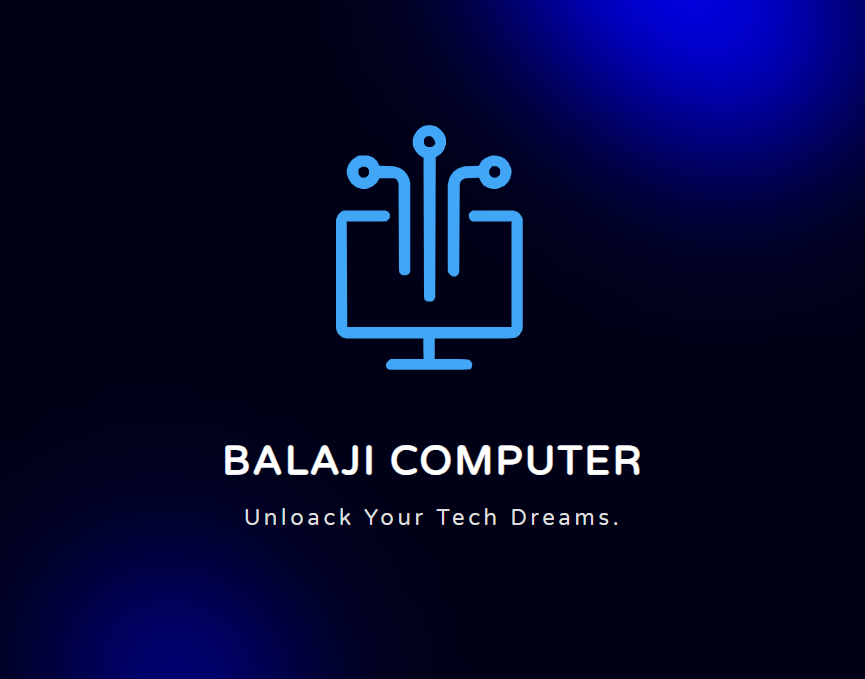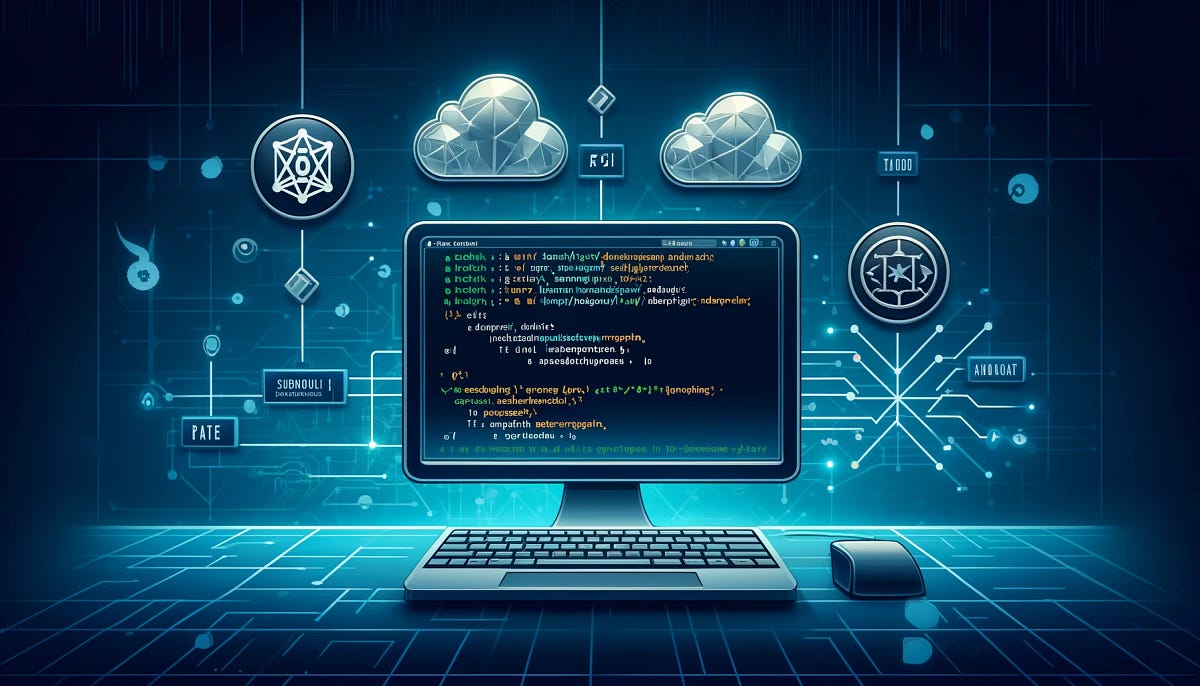




Duration
8 months
Level
Advanced
Language
English
Balaji Computer offers a comprehensive curriculum for aspiring web developers, covering essential technologies and frameworks that form the backbone of modern web development. Our courses, including HTML5, CSS3, JavaScript, Bootstrap 5, jQuery, AJAX, JSON, PHP, Python, ASP.NET, and React JS, are designed to provide students with both theoretical knowledge and practical skills. Each course focuses on the fundamentals and advanced concepts, ensuring students understand how to create dynamic, responsive, and interactive web applications. Through hands-on projects and real-world examples, students will learn how to utilize these technologies to enhance user experiences and develop robust web solutions. Our experienced instructors guide participants in applying their skills to create engaging websites that meet industry standards. By the end of their training, students will be well-prepared to enter the competitive field of web development, equipped with the tools and knowledge necessary to succeed in their careers.